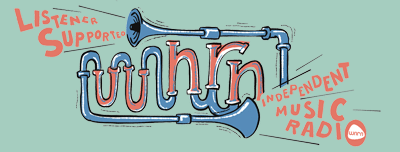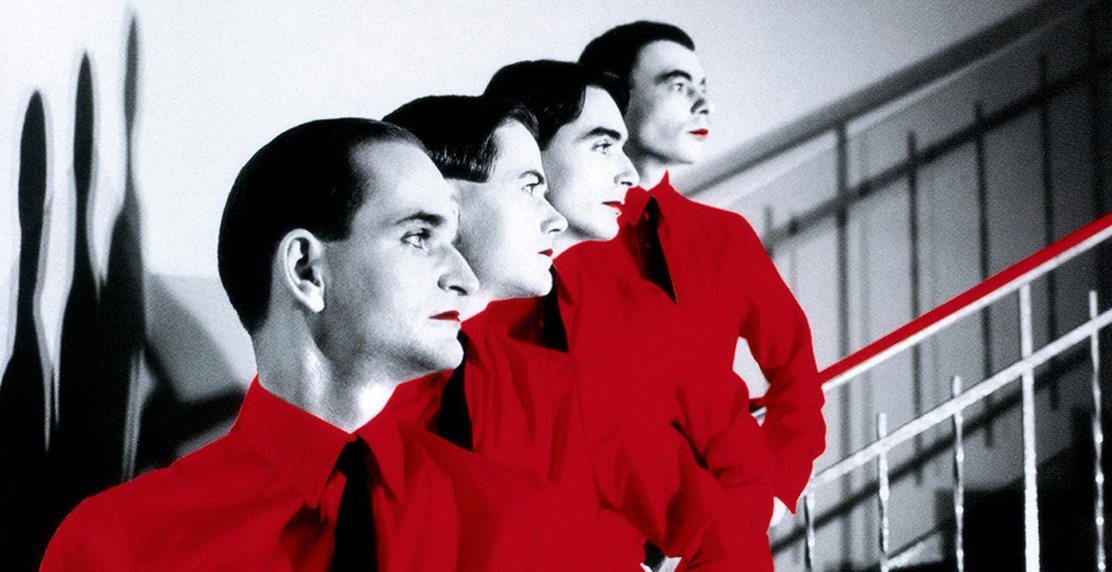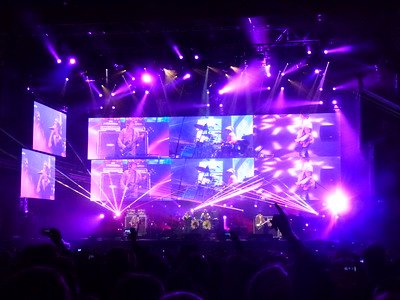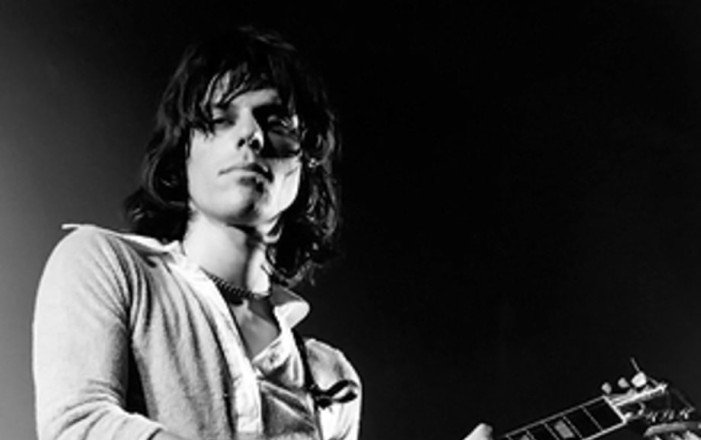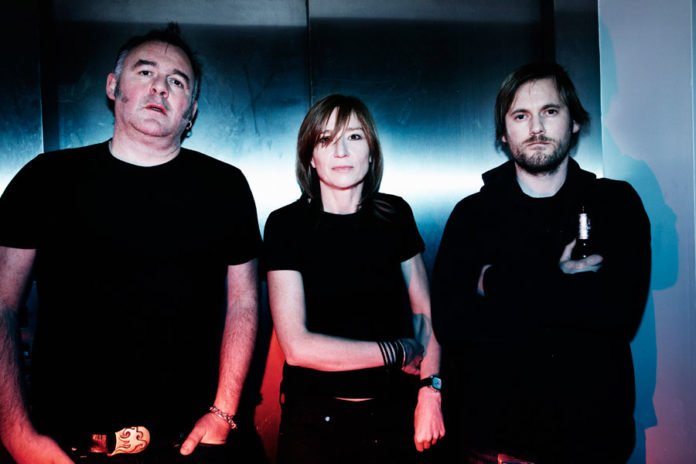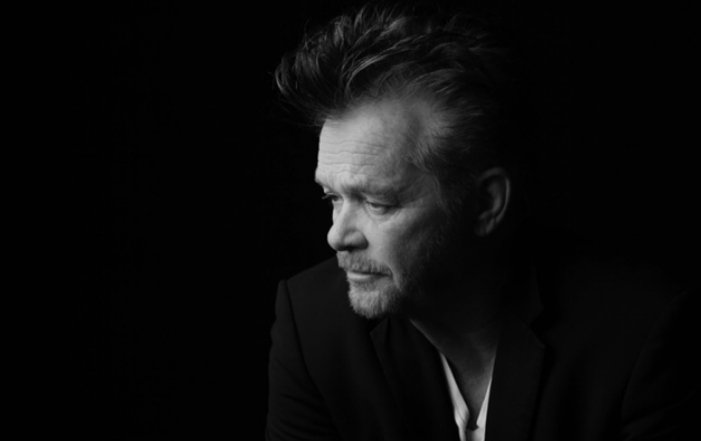Would electronic music exist if there had been no Kraftwerk? Most likely the answer is “Yes,” but it might sound a lot different if the band had not forged a path for its development. Starting out in the Krautrock scene in Germany in the early ’70s, Kraftwerk evolved to fully embrace electronic instrumentation, including synthesizers, drum machines, and vocoders.
The band’s first two albums were recorded mostly with traditional instruments, but the sound of the all instrumental records was altered in the studio. By their third record they moved to electronic instruments, and by 1975’s Autobahn, the band had grown to four members and played a style they described as robot pop, combining electronic instruments with repetitive pop style hooks while dressed in stylish matching suits .
Kraftwerk’s biggest successes came in the mid ’70s through the ’80s starting with Autobahn in 1974. When the album peaked at number 5 in the US, Kraftwerk’s label supported an international tour, bringing the group to North America for the first time. Their following Radio-Activity album drew interest from David Bowie and he asked the band to tour with him – an offer they declined.
Kraftwerk did not tour again until 1981, after the extensive modifications they had made to their studio could be made portable, and it was taken on the road with the band. Despite their on again, off again style of tours putting them in the public eye, the band is notoriously reclusive, providing rare interviews, using life-size mannequins and robots to conduct official photo shoots, refusing to accept mail and not allowing visitors at their studio, the precise location of which they used to keep secret.
David Bowie’s interest in the band did not diminish despite his multiple attempts to collaborate having never materialized. “V-2 Schneider” on his Heroes album is a tribute to Florian Schneider. A diverse group of acts including U2, Blondie, Simple Minds, and Joy Division cite Kraftwerk as an influence on their work.

